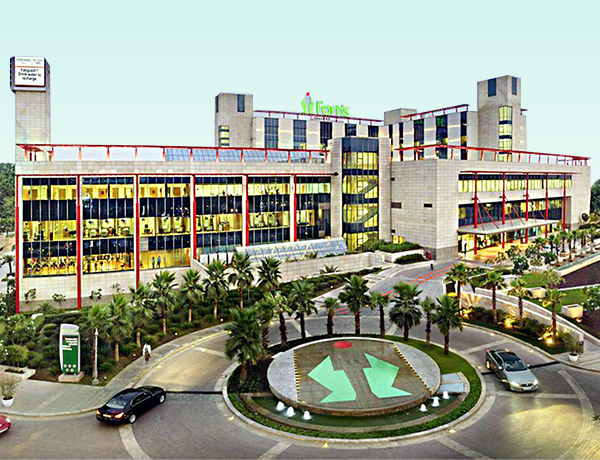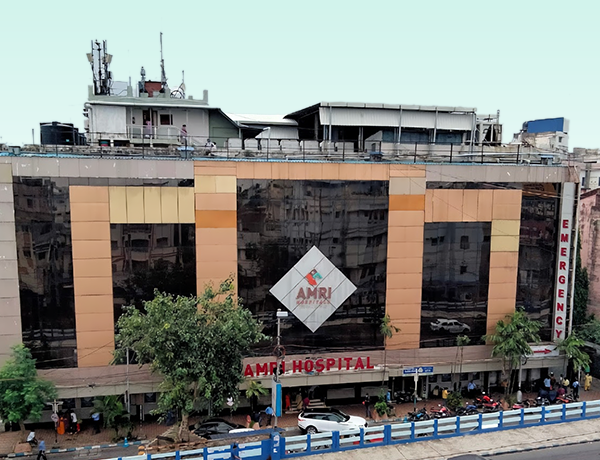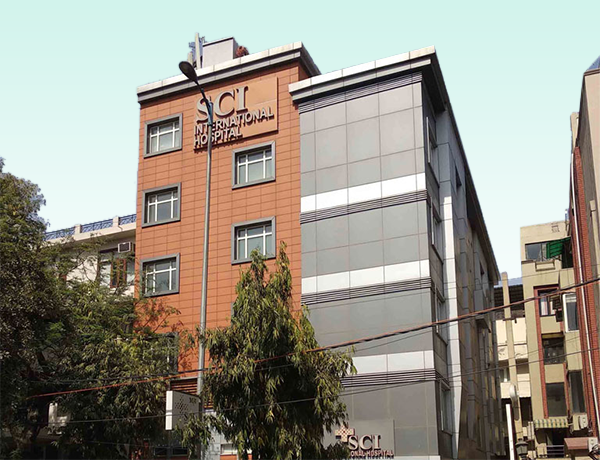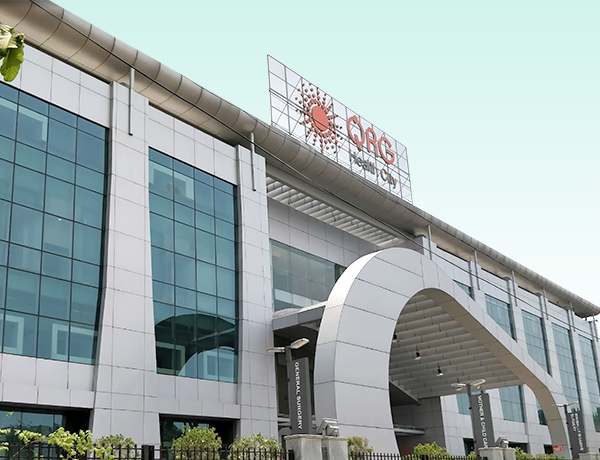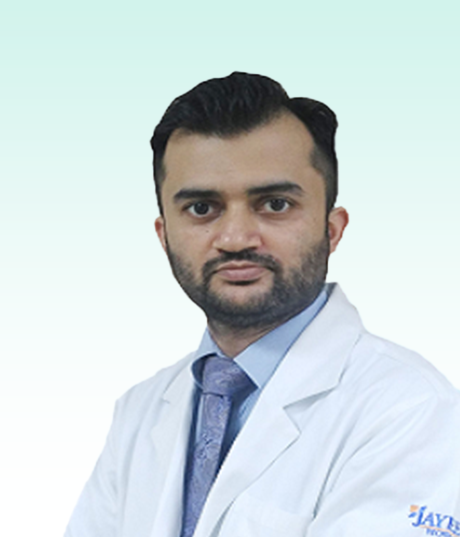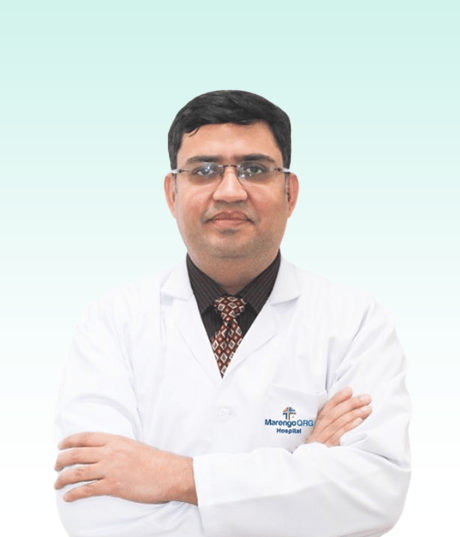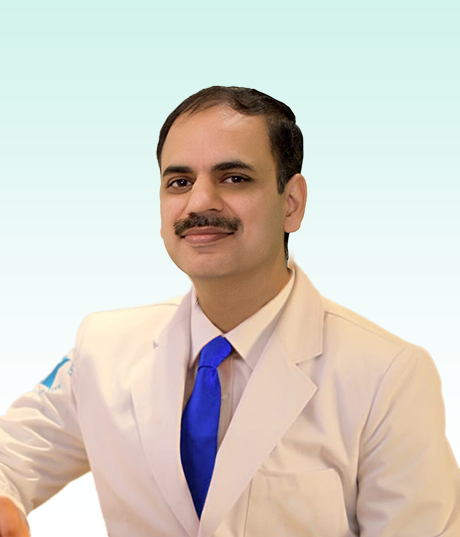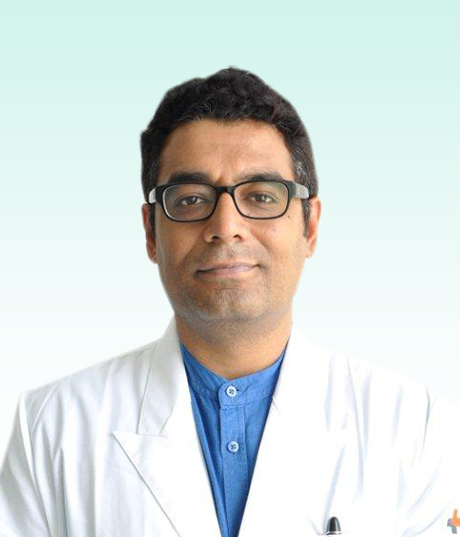ACL Reconstruction /Repair
ACL (Anterior Cruciate Ligament) reconstruction/repair is a surgical procedure performed to restore stability and function to the knee joint after an ACL injury. The ACL is a crucial ligament that connects the thigh bone to the shin bone, and its injury can occur during sports activities, accidents, or sudden twisting motions. ACL reconstruction/repair involves replacing the damaged ligament with a graft to provide stability and support to the knee.

Who Needs ACL Reconstruction/Repair
ACL reconstruction/repair may be recommended for individuals who experience the following:
ACL injury: A complete or partial tear of the ACL due to trauma or sports-related injuries.
Knee instability: Recurrent episodes of the knee “giving way” or feeling unstable during physical activities.
Active individuals: People who engage in sports or activities that require pivoting, jumping, or quick changes in direction.
When to See a Specialist
It is recommended to see a specialist if you experience the following signs and symptoms:
A popping sound at the time of injury.
Severe pain, swelling, and difficulty bearing weight on the affected leg.
Instability or a feeling of the knee “giving way” during physical activities.
Limited range of motion or inability to fully extend or flex the knee.
Procedure
Preoperative assessment: The specialist will conduct a thorough evaluation, which may include physical examination, imaging tests (such as MRI), and discussion of your medical history and activity level.
Anesthesia: The surgery is typically performed under general anesthesia, which means you will be asleep and pain-free during the procedure.
Graft selection: The surgeon will determine the most suitable graft option for ACL reconstruction. Common grafts include autografts (using your own tissue) or allografts (using donated tissue).
Graft harvesting: If an autograft is chosen, the surgeon will harvest the graft tissue, usually from the patellar tendon, hamstring tendon, or quadriceps tendon.
Graft preparation: The graft is prepared to match the size and length of the damaged ACL.
Arthroscopic procedure: Small incisions are made around the knee, and an arthroscope (a thin, flexible tube with a camera) is inserted to visualize the inside of the joint. Instruments are used to remove the damaged ACL and prepare the bone tunnels for graft placement.
Graft insertion: The graft is placed in the bone tunnels and secured using screws, sutures, or other fixation devices.
Closure and recovery: The incisions are closed with sutures or adhesive strips, and a sterile dressing is applied. You will be taken to the recovery area to wake up from anesthesia.
Road to Recovery
The recovery process after ACL reconstruction/repair involves several phases, including:
Postoperative care: You will receive instructions on pain management, wound care, and the use of crutches or braces to protect the knee.
Rehabilitation exercises: Physical therapy is a crucial part of recovery. It includes exercises to regain strength, flexibility, and range of motion. Gradually, activities are introduced to restore function and improve stability.
Return to activities: The timeline for returning to sports or high-impact activities varies depending on individual factors, such as the graft type, healing progress, and the advice of your healthcare team. It may take several months to regain full strength and confidence in the knee.
Risk Management
As with any surgical procedure, ACL reconstruction/repair carries potential risks and complications, which may include infection, bleeding, blood clots, stiffness, and graft failure. However, with proper surgical technique, adherence to rehabilitation protocols, and regular follow-up visits, these risks can be minimized.
Benefits of ACL Reconstruction/Repair
Restored knee stability: The surgery aims to restore stability to the knee joint, allowing individuals to participate in sports and activities with reduced risk of further injury.
Improved function and range of motion: ACL reconstruction/repair can help regain normal knee function, including walking, running, jumping, and pivoting.
Prevention of long-term knee problems: Timely ACL reconstruction/repair can help prevent or minimize the development of chronic knee issues, such as meniscal tears, cartilage damage, and early-onset osteoarthritis.
Frequently Asked Questions
How long does it take to recover from ACL reconstruction/repair?
The recovery timeline varies for each individual, but it typically takes several months to return to normal activities. Physical therapy and rehabilitation play a crucial role in the recovery process.
Can ACL tears heal on their own without surgery?
While some minor tears or partial ACL tears may heal with conservative treatment, complete ACL tears usually do not heal without surgical intervention. ACL reconstruction/repair is often recommended to restore stability and function to the knee.
Will I be able to return to sports after ACL reconstruction/repair?
With proper rehabilitation and clearance from your healthcare team, many individuals can return to sports or high-impact activities after ACL reconstruction/repair. However, it is important to follow the recommended guidelines and gradually reintroduce activities to prevent reinjury.
Are there any alternatives to ACL reconstruction/repair?
In certain cases, nonsurgical treatments such as physical therapy, bracing, or activity modification may be considered for individuals with minimal symptoms or those with specific lifestyle limitations. However, the decision ultimately depends on the severity of the ACL injury and individual circumstances.
Will there be a visible scar after ACL reconstruction/repair?
The incisions made during ACL reconstruction/repair are typically small and strategically placed. Over time, the scars tend to fade and become less noticeable.
Treatians As The Best Choice
Treatians understand that seeking medical treatment abroad can be a daunting experience for patients and their families. That’s why the company offers end-to-end support to its clients, from the initial consultation to post-treatment care. The company provides personalized treatment plans that are tailored to meet the individual needs of each patient, and its team of dedicated professionals is always on hand to provide guidance and support throughout the entire process. Contact us at +91-7982312582, drop your email [email protected]
- Trauma & intensive care
- Aged Care
- Community Services
- Diagnosis & Investigation
- Medical & Surgical
- Mental Health
- Rehabitation
- Specialised Support Service







